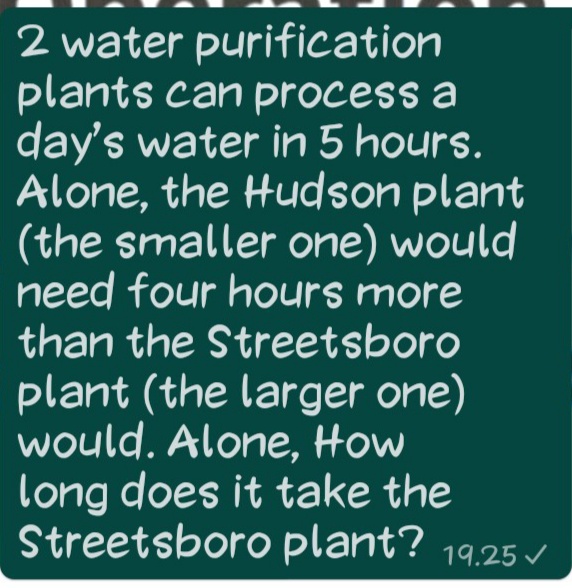
AllQuestion and Answers: Page 1210
Question Number 95198 Answers: 1 Comments: 0
$$\int\sqrt{\frac{{x}+\mathrm{2}}{{x}−\mathrm{3}}}{dx}=? \\ $$
Question Number 95182 Answers: 1 Comments: 0

Question Number 95180 Answers: 0 Comments: 1

Question Number 95167 Answers: 0 Comments: 2
Question Number 95164 Answers: 0 Comments: 3
Question Number 95159 Answers: 1 Comments: 1
$$\sqrt[{\mathrm{3}\:\:}]{\mathrm{8}−\mathrm{x}}\:+\:\sqrt{\mathrm{x}}\:=\:\mathrm{2}\: \\ $$
Question Number 95158 Answers: 0 Comments: 0
Question Number 95150 Answers: 1 Comments: 0
Question Number 95145 Answers: 1 Comments: 0
Question Number 95140 Answers: 0 Comments: 2
Question Number 95133 Answers: 1 Comments: 0
Question Number 95132 Answers: 0 Comments: 0
Question Number 95127 Answers: 0 Comments: 1

Question Number 95121 Answers: 1 Comments: 1

Question Number 95119 Answers: 1 Comments: 0
Question Number 95115 Answers: 2 Comments: 0
$$\int\:\mathrm{e}^{\:{x}} \:\sqrt{\mathrm{1}+{e}^{\:\mathrm{2}{x}} }\:{dx}\:=\:?\: \\ $$
Question Number 95108 Answers: 1 Comments: 0
Question Number 95106 Answers: 2 Comments: 0
Question Number 95098 Answers: 2 Comments: 0
Question Number 95093 Answers: 2 Comments: 0
Question Number 95068 Answers: 1 Comments: 3
Question Number 95062 Answers: 0 Comments: 7
Question Number 95060 Answers: 3 Comments: 0
Question Number 95053 Answers: 0 Comments: 2

Question Number 95048 Answers: 0 Comments: 1
Question Number 95020 Answers: 1 Comments: 1

Pg 1205 Pg 1206 Pg 1207 Pg 1208 Pg 1209 Pg 1210 Pg 1211 Pg 1212 Pg 1213 Pg 1214
